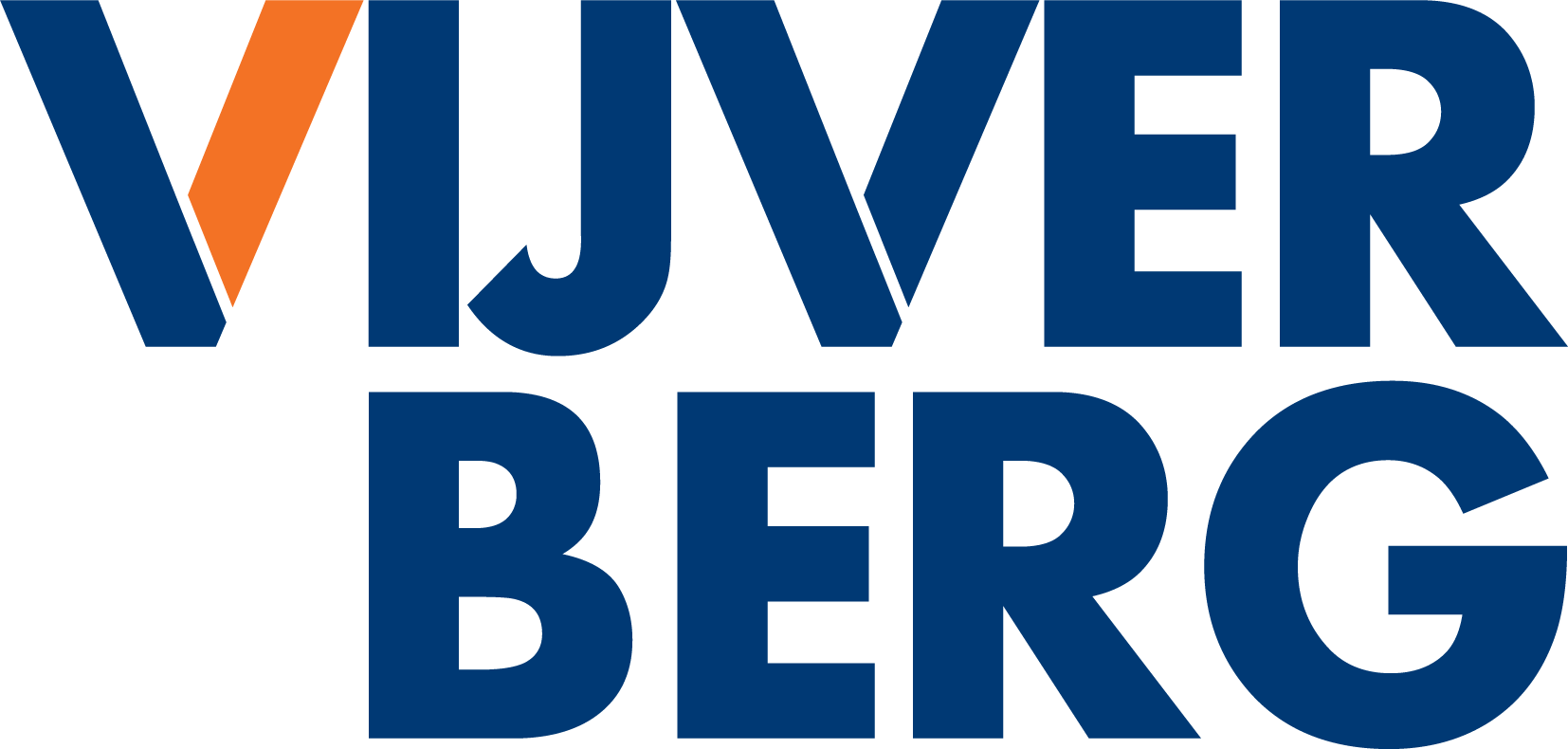In these extraordinary times, cash flow management is at the top of many companies’ agendas. How do you improve cash flow in a project? This is a practical approach to making a clear link between cost control and project planning.
Work in progress
An important indicator is the state of work in progress. A negative state of work in progress on the balance sheet indicates that invoicing is ahead of the value of work completed. A positive position indicates an amount still to be invoiced.
Visuals at the portfolio level
However, if the entire portfolio is looked at, many organizations have the impression that individual projects have financing needs during implementation. By graphically displaying cumulative expenses and cumulative receipts, it is possible to determine in a very practical way when negative cash flow occurs, for how long and for what amount. The negative cash flow causes a financing need.
The down payment on one project
In many contracts, a substantial initial installment is agreed, as a result of which the contractor receives a down payment at the start of the project. The new projects often finance the projects in progress, which are at a later stage of execution. An acute liquidity problem can arise when the flow of new projects dries up, the new projects have a poorer margin, or an unexpected increase in costs of projects in progress.
No accurate track record of expenditures
What we see is that for contractors, the focus is primarily on the revenue side, in the form of timely invoicing of installments of the contract sum. The estimate of expenditures is usually made by dividing the outstanding amount of the commitments entered into overtime. This estimation is often insufficiently accurate.
Visualize payment milestones in project planning
Our recommendation is to include payment milestones in the planning. This provides a very clear link between physical progress and expenditures. Periodic updating of the schedule then works to maintain an accurate picture of when future payments realistically fall. This requires the sharing of operational information between the project controller and the project planner to achieve reliable cash flow at the project level. Subsequently, bringing together this information from all projects in a portfolio provides the opportunity to optimize the cash flow development of the entire organization.
